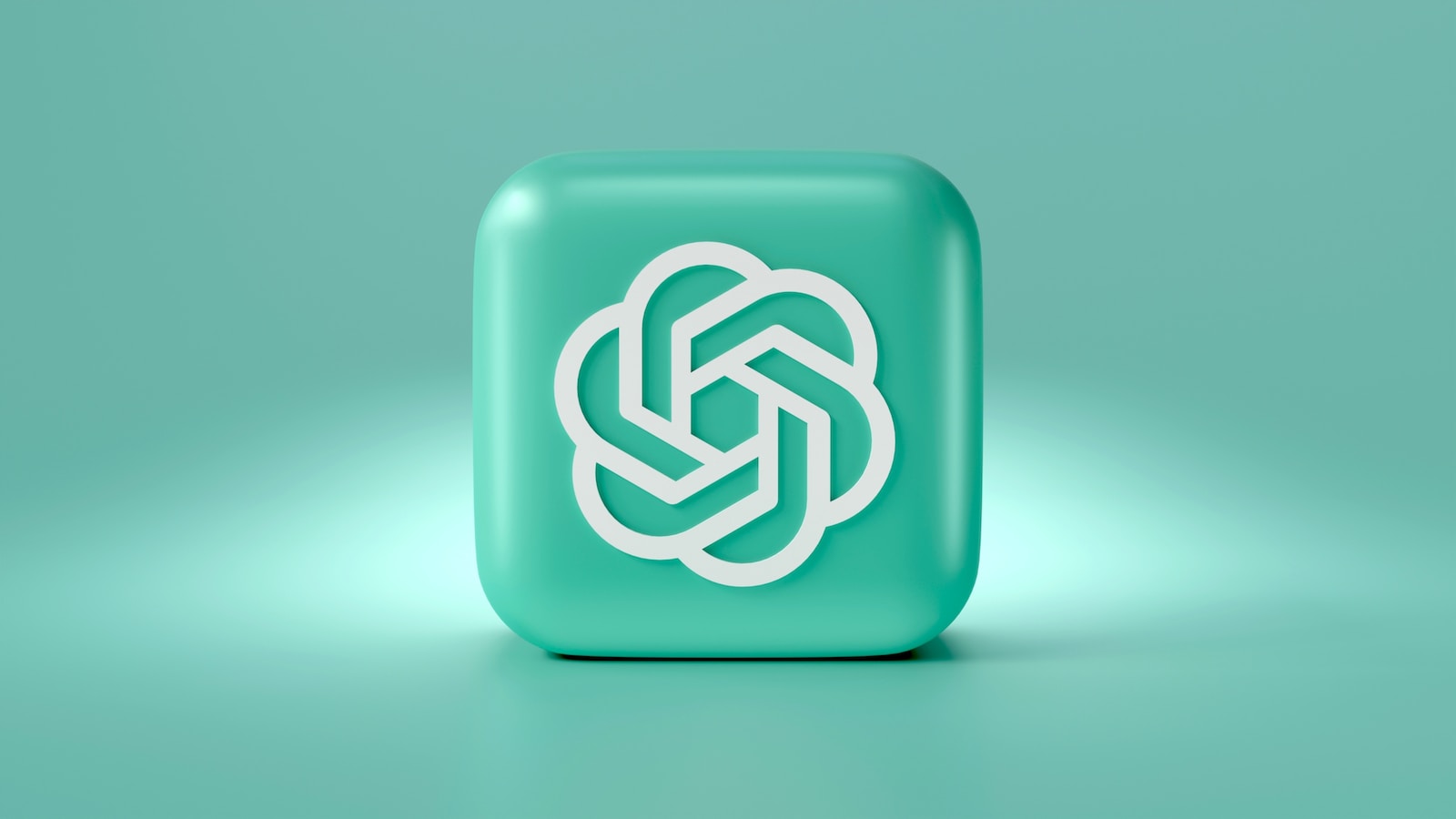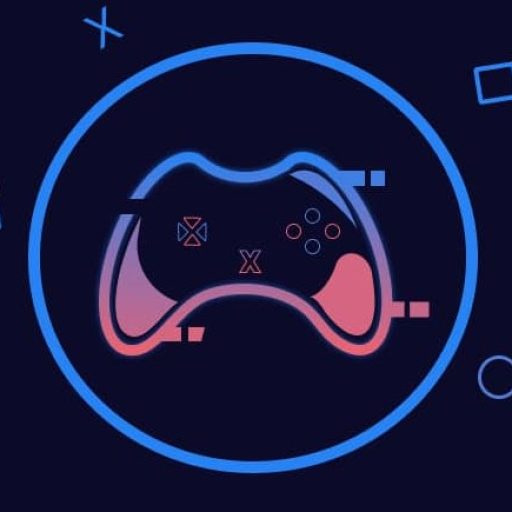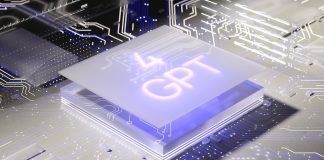
GPT ACRONYM
Introduction
In the landscape of artificial intelligence, the GPT acronym resonates with profound significance, particularly within the realm of ChatGPT, an ingenious creation by OpenAI. In this exploration, we delve into the essence of “GPT,” unravelling the layers that make it the bedrock of ChatGPT’s extraordinary capabilities.
Top 50 Custom GPTs
What the GPT Acronym Stands For
The GPT acronym elucidates the very nature of this technology: Generative Pre-trained Transformer. Each element contributes uniquely to the prowess of ChatGPT:
Generative: Crafting Textual Marvels
The “Generative” facet signifies ChatGPT’s ability to birth new text, far surpassing the mere replication of existing constructs. This extends across various domains, from articles to social media posts, showcasing the AI’s prowess in mimicking human interaction.
Pre-trained: Foundation of Proficiency
“Pre-trained” alludes to the preliminary training phase on an extensive corpus of text and code. This foundational step equips ChatGPT with a nuanced understanding of patterns, grammatical structures, and contextual nuances, laying the groundwork for its proficiency in generating text based on user inputs.
Transformer: Neural Network Efficiency
The “Transformer” architecture, a sophisticated neural network, plays a pivotal role. It efficiently processes extensive text sequences through encoding, attention mechanisms, and decoding. This allows ChatGPT to grasp intricate linguistic dependencies, making it adept at coherent and inventive text generation.
The Symbiosis of GPT and ChatGPT
ChatGPT is more than an application; it’s a tailored implementation of the GPT architecture enriched with unique features.
Dialog Proficiency
ChatGPT engages in conversations with a human-like demeanour, responding to queries and prompts with an adaptive responsiveness that tailors responses based on conversational context and user preferences.
Safety Measures
Incorporating safeguards, ChatGPT ensures the prevention of harmful or offensive outputs, establishing itself as a responsible and user-friendly AI tool.
GPT’s Advantages within ChatGPT
The GPT technology embedded within ChatGPT yields diverse advantages, ranging from human-like interaction to innovative text generation, information processing, summarization, and automation. This versatility makes ChatGPT a valuable asset across various applications.
Constraints and Hurdles of GPT
Despite commendable capabilities, GPT technology faces challenges that demand attention and mitigation strategies.
Bias
Inherent biases in societal constructs may manifest in GPT models due to training on extensive datasets, necessitating ongoing efforts to identify and rectify these biases.
Dissemination of Misinformation
GPT’s potential to generate factually incorrect or misleading content underscores the importance of discerning user evaluation and continuous improvement.
Ethical Considerations
The adoption of GPT introduces ethical quandaries related to privacy, manipulation, and potential misuse, emphasizing the need for responsible development and deployment.
ChatGPT’s Diverse Utilizations
ChatGPT, as a natural language processing tool, showcases a broad spectrum of applications, from question answering to creative content creation, code error checking, and language translation.
Versatility in Output
ChatGPT navigates tasks such as concept summarization, idea generation, tailored messaging, email composition, writing scrutiny, and even solving mathematical equations, showcasing its adaptability and proficiency.
Creative Outputs
Beyond conventional automated chat services, ChatGPT excels in generating complex and creative outputs, including stories, essays, poems, and musical compositions.
The Future Prospects of GPT
The trajectory of GPT technology holds promise for continual evolution, focusing on augmenting accuracy, explanatory clarity, and broadening capabilities.
Accuracy and Reliability
Ongoing research and development aim to alleviate biases and misinformation, ensuring factual accuracy in outputs.
Explanatory Clarity
Efforts are underway to make the decision-making processes of GPT models more transparent and comprehensible, addressing concerns related to biases and errors.
Broadening Capabilities
Exploration of novel applications in diverse domains, including education, healthcare, and creative industries, marks the future trajectory of GPT technology.
Conclusion
In conclusion, the GPT acronym within ChatGPT transcends nomenclature; it embodies a potent technology poised to revolutionize linguistic and informational interaction. Understanding its intricacies becomes imperative for navigating the future landscape of AI, emphasizing responsible development and utilization.
Some Frequently Asked Questions and Their Answers
What does GPT stand for?
GPT stands for Generative Pre-trained Transformer, a type of machine learning algorithm that uses deep learning and a large database of training text in order to generate new text in response to a user’s prompt.
What are some applications of GPT?
GPT can be used for various natural language processing (NLP) applications, such as text summarization, text generation, text classification, question answering, sentiment analysis, and more.
How does GPT work?
GPT works by using a neural network architecture called a transformer, which consists of two parts: an encoder and a decoder. The encoder processes the input text and creates a representation of it, while the decoder generates new text based on the encoder’s representation and the user’s prompt.
What are the differences between GPT, GPT-2, and GPT-3?
GPT, GPT-2, and GPT-3 are different versions of the same model, with increasing size and complexity. GPT was the first version, released in 2018, with 117 million parameters (a measure of the model’s capacity). GPT-2 was released in 2019, with 1.5 billion parameters, and was considered too powerful and dangerous to be fully released to the public, due to its potential for generating fake and misleading content. GPT-3 was released in 2020, with a staggering 175 billion parameters, making it the largest and most advanced language model ever created.
References
- en.wikipedia.org: Applications of GPT…
- ambcrypto.com: What GPT Stands For…
Other Interesting Articles
- Doctrina AI Complete User Guide: Doctrina AI is a platform that offers AI-driven educational tools for students and teachers. It uses OpenAI’s GPT-3 model to provide…
- How to Use Bottr AI: Bottr AI stands out as a dynamic software tool, assuming roles as a personal aide, advisor, and companion…











